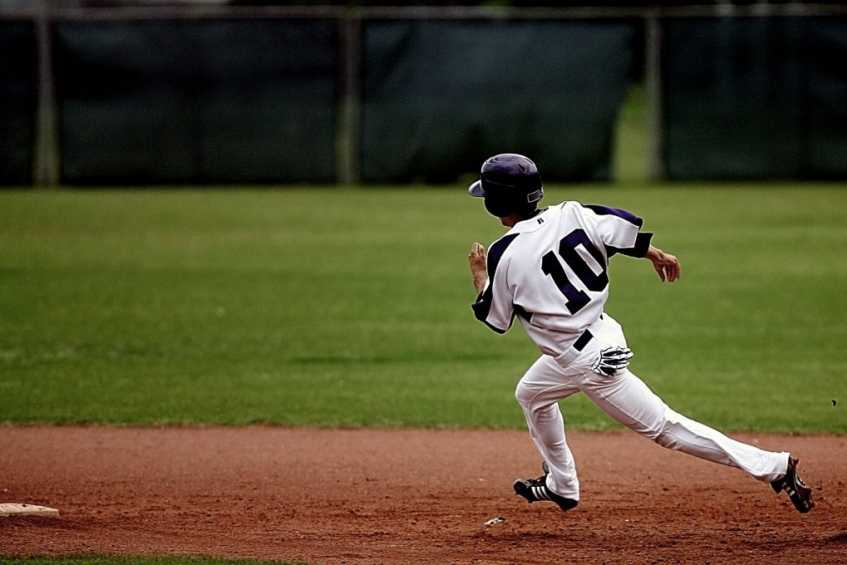
A recent question I received thanks.
I have never tried to switch hit so much of my answer is from talking to switch-hitters and from speculation on my part. My first response to those who want to switch hit is "Why do you want two headaches instead of one." Of course, I am not serious with that response but it makes the point that it takes a great amount of dedication to switch hit when hitting mechanics are so difficult to master in the first place. Some players take to switch hitting easily, whereas others, who try it, find that it proves too difficult. First, the two main reasons to try switch-hitting would be the difficulty of hitting curve balls from their normal side and/or the advantage of being closer to first base on the left side of home speedy runner. Sound hitting mechanics, practice, and commitment can overcome all of the difficulties listed below.
1. Ball vision Everyone has a dominant eye and switching plate sides may make sight of the ball difficult. Game-like batting practice is necessary so players are completely comfortable seeing the ball on the new side of the plate. When players seem to have fear of the ball, or fail to see the ball very well, this usually manifests itself with stepping out on the pitch. Of course, I have seen switching help players see the ball better, also, which solved their stepping out problem.
2. Bat speed and power may suffer Players generally have more bat speed, when their top hand on the bat, is their dominant arm side. On a good swing, the bat lags as the lead arm leads the knob towards the ball, before the top hand whips the bat head through. When players switch to the plate side, where their top hand is the weaker arm, bat speed and power may be lower. Building up the strength with the offhand by strength training and bat swinging is the solution. Additionally, some players have slower hip turns when rotating one way, as opposed to the other way. This is usually noticeable and overcome with hip rotation exercises.
3. Coach is not on board many coaches are not willing to have a good hitter from one side of the plate turn into an average, or below average hitter, while experimenting with switch-hitting. For this reason, players should practice their new side enough to where they do not hurt the team's chances because of a player's experimenting.
4. Player is not committed many players are on board until they struggle some from the new side and decide to go back to their more comfortable side. Additionally, switching from the right side to the left, which is the most common move, often means saying good bye to right handed hitting as, most pitchers throw right-handed. True switch hitters would bat left handed against them, so it could be days before hitting on their natural side.
Lack of commitment also happens because it was not their idea to switch, but their parent's or coach's idea. Without commitment from the batter, the experiment is doomed to fail. Just as hitting from their natural side has bumps in the road to hitting success, they will definitely encounter them from the new side, too. Coaches must explain to players that struggles will come, but in the end, it will pay off to stay committed to switching. It is not my intention to discourage players from trying to switch hit with the above, but to recognize that it takes a special, talented, and determined player to pull it off. Good batting mechanics and a lot of batting practice from the new side is the first step, so that players feel comfortable to try it in games. I often have switch-hitting players practice it for a year before breaking it out in games.
After playing major league baseball, Jack Perconte has taught baseball and softball since 1988 and offered valuable coaching training too. He has helped numerous youth players reach their potential, as well as having helped parents and coaches navigate their way through the challenging world of youth sports. Jack is one of the leading authorities in the areas of youth baseball training and coaching training advice.
All Jack Perconte articles are used with copyright permission.There are 0 comments on "Switch Hitting: Learning to and Difficulties of"
chandler allen says:
"Hi my name is chandler, i’ve enjoyed..."
On Wanting to tryout for summer ball. as an 18 year old
david graham says:
"With no current MLB team in Canada,..."
On With no current MLB team in
Charles Chavez says:
"To All Coaches: Do you have13U or..."
On Looking for Games